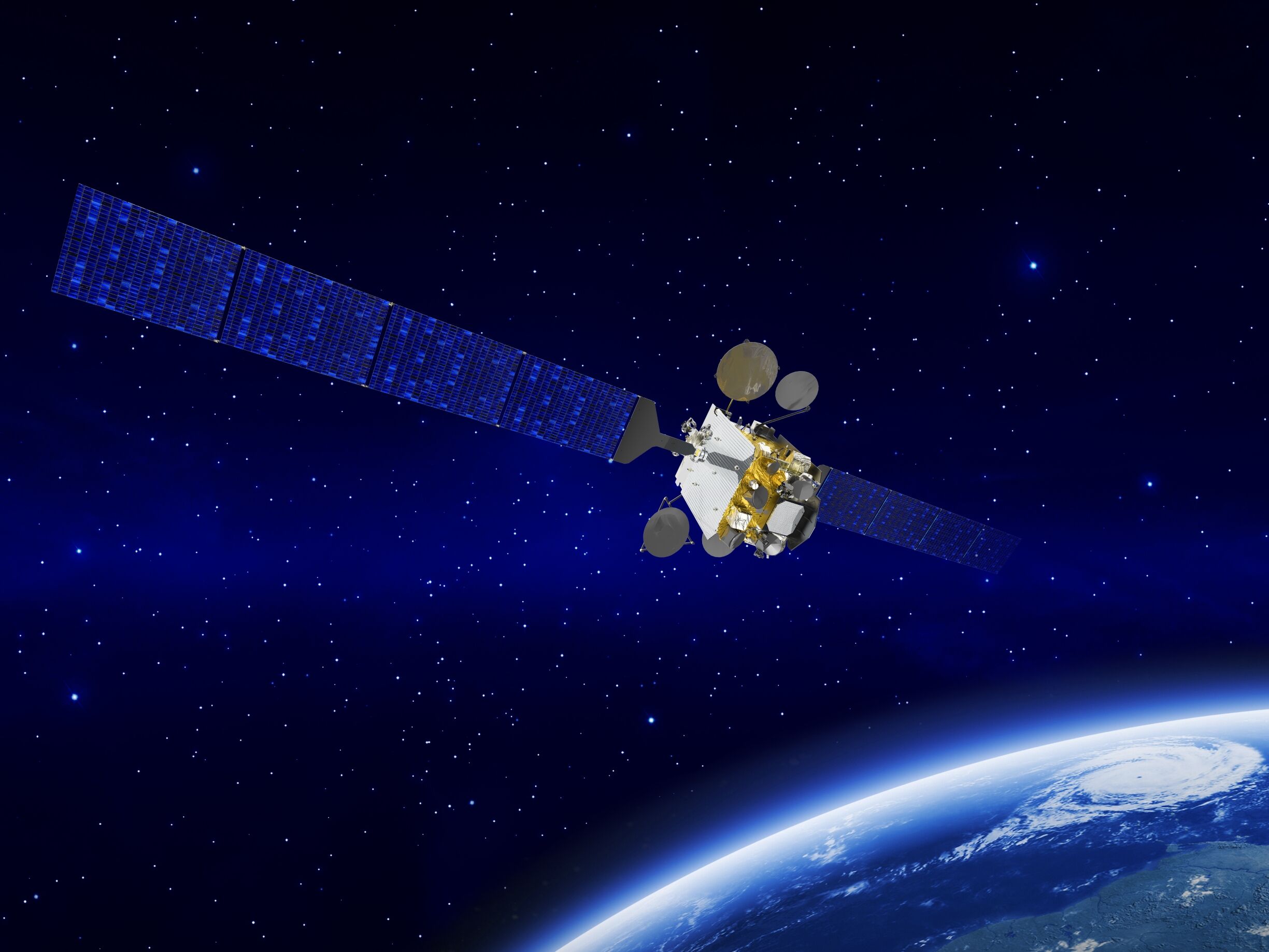
The Syracuse 4B satellite was successfully launched onboard the Ariane 5 rocket, its final mission before it retires. Pictured is the Syracuse 4A satellite. (Thales Alenia Space)
France's Syracuse 4B military satellite was successfully launched onboard the Ariane 5 rocket from the Guiana Space Centre on 6 July, the Directorate General of Armament (Direction générale de l'armement: DGA) announced.
The satellite will become operational in nine months, once it reaches geostationary orbit and undergoes a full series of tests, the DGA said.
Syracuse 4B is a satellite communications (satcom) system based on Airbus's Eurostar E3000 fully electric platform, which is equipped with in-orbit proximity surveillance. The satellite comes under the wider EUR3.6 billion (USD3.9 billion) Syracuse IV programme, launched in 2015. The programme involves the complete renewal of the Syracuse III satellites and ground stations, with Airbus Defence and Space and Thales Alenia Space as prime contractors.
Two geostationary satcom satellites – 4A and 4B – form the space segment. Once operational, the satellites will produce a throughput three times higher (1.5 Gbit/sec) than Syracuse III by operating in both ‘X' and ‘Ka' bands. This increase in throughput will allow the military to connect to more ground stations, enabling a greater number of users simultaneously. The satellites will also be highly resistant to jamming.
In addition, up to 400 ground stations are planned for the three forces as part of the Syracuse IV programme. The stations will be equipped on the main surface ships and submarines as well as on the vehicles from the Scorpion programme and deployed units in the French Air and Space Force. For the first time, aircraft will have a sovereign military communications capability via satellite, starting with the Airbus A330 Phoenix Multi Role Tanker Transport (MRTT) aircraft from 2027.
Looking to read the full article?
Gain unlimited access to Janes news and more...







